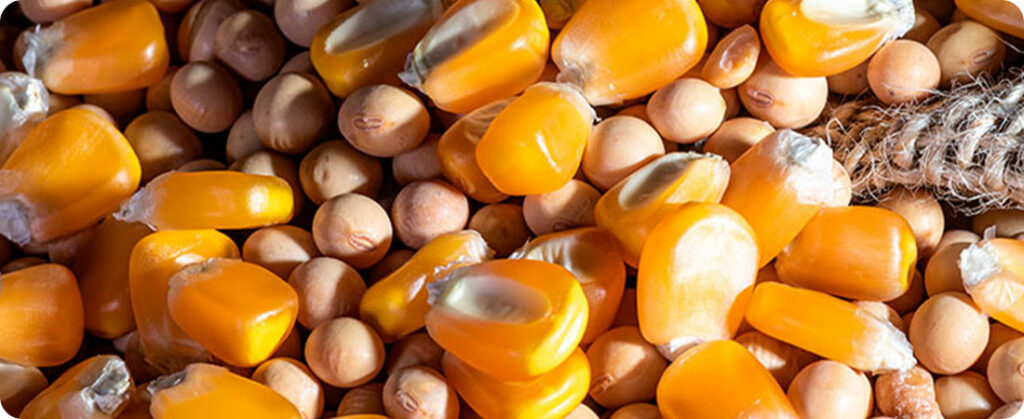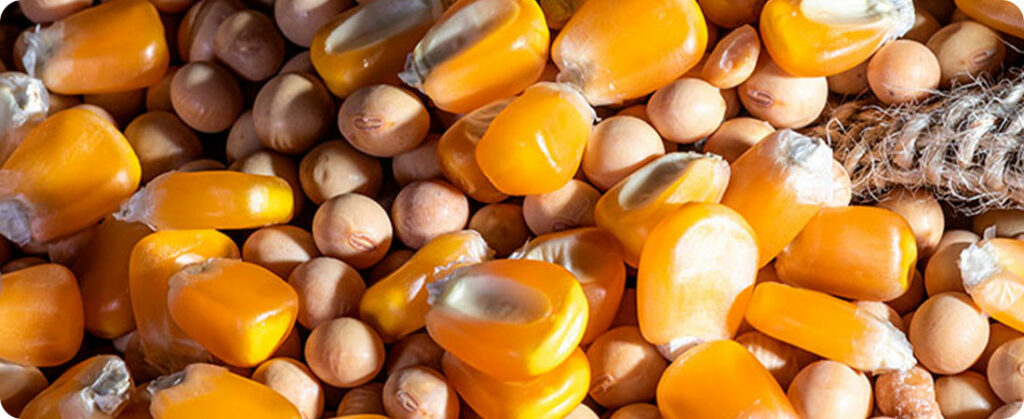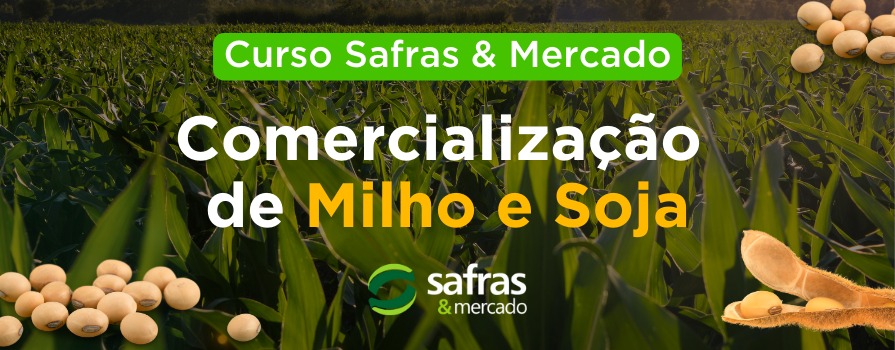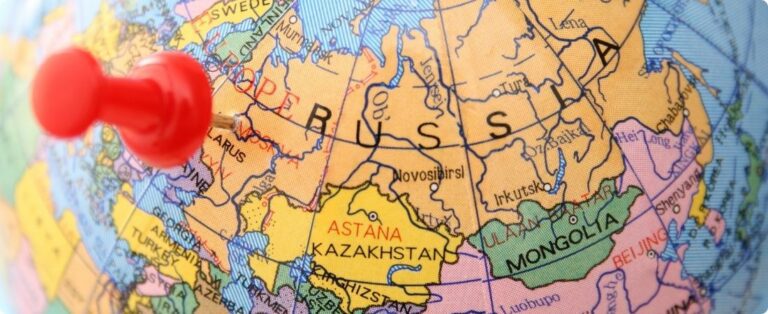
Exports of corn and soy through the ports of the Northern Arc have more than doubled in the last four years. According to data from the Agrologistic Yearbook 2025, released this Thursday (5) by the National Supply Company (Conab), the volume shipped in the region went from 36.7 million tons in 2020 to 57.6 million tons in 2024, an increase of approximately 57%.
The progress is related to investments in multimodal infrastructure, with emphasis on the expansion of rail transport and the growing use of waterways in the Amazon region. The proximity to new production areas, such as MATOPIBA (Maranhão, Tocantins, Piauí and Bahia), has been a strategic factor for the flow of the harvest.
“Brazil is moving towards a new agro-industrial logistics configuration, in which the strengthening of the Northern Arc, investments in railway and waterway infrastructure, and the expansion of storage capacity, especially on rural properties, are fundamental pillars for increasing the competitiveness of agribusiness on the international stage,” stated the president of Conab, Edegar Pretto.
Growing participation of the Northern Arc
According to the yearbook, the ports of Santos (SP), Paranaguá (PR) and those of the Northern Arc, such as Itaqui, Barcarena and Santarém, concentrated 81.2% of Brazilian soybean and corn exports in 2024. In this sense, the North region accounted for around 38% of this total.
Furthermore, “the reduction in freight costs, represented by the shorter distance between the producing areas and the ports and by the internalization of fertilizers, has led market agents to prefer this route”, explained the superintendent of Operational Logistics at Conab, Thomé Guth.
Among the highlights, the ports of Itaqui (MA) and Barcarena (PA) showed the greatest growth in the period from 2020 to 2024. In the case of Maranhão, the exported volume increased from 11.21 million to 20.22 million tons, an increase of 80.3%. In Barcarena, the growth was 70.3%. As a result, the intensive use of rail transport is indicated as the main factor responsible for the efficiency of the flow.
Railway expansion and growth of waterways
“The rail transport system is undergoing a phase of expansion, driven by the early extension of concessions and by new policies that favor the performance of private capital,” observed Conab’s Director of Operations and Supply, Arnoldo de Campos.
Five major projects structure the national railway plan. One of them is the integration of the West-East Integration Railway (Fiol). Another is the Central-West Integration Railway (Fico). The extension of the North-South Railway to the port of Vila do Conde (PA) is also planned. In addition, the plan includes the Southeast Railway Ring and the connection of Transnordestina to the national railway network. The Ferrogrão, designed to connect Mato Grosso to Pará, is also part of this structure.
Brazilian waterways, especially in the Amazon region, have seen growth in cargo transportation. Between 2017 and 2025, the number of warehouses with waterway access grew by 24%. The region is responsible for almost two-thirds of national river transportation.
At the beginning of the year, the federal government announced investments of R$4.8 billion in waterways through the New Growth Acceleration Program (PAC). According to the Planning and Logistics Company (EPL) and the Energy and Environment Institute (Iema), waterway transport is significantly more environmentally efficient. It reduces emissions by up to 95% when compared to road transport. In relation to rail transport, the reduction reaches 70%.
Source: Seane Lennon | agrolink













